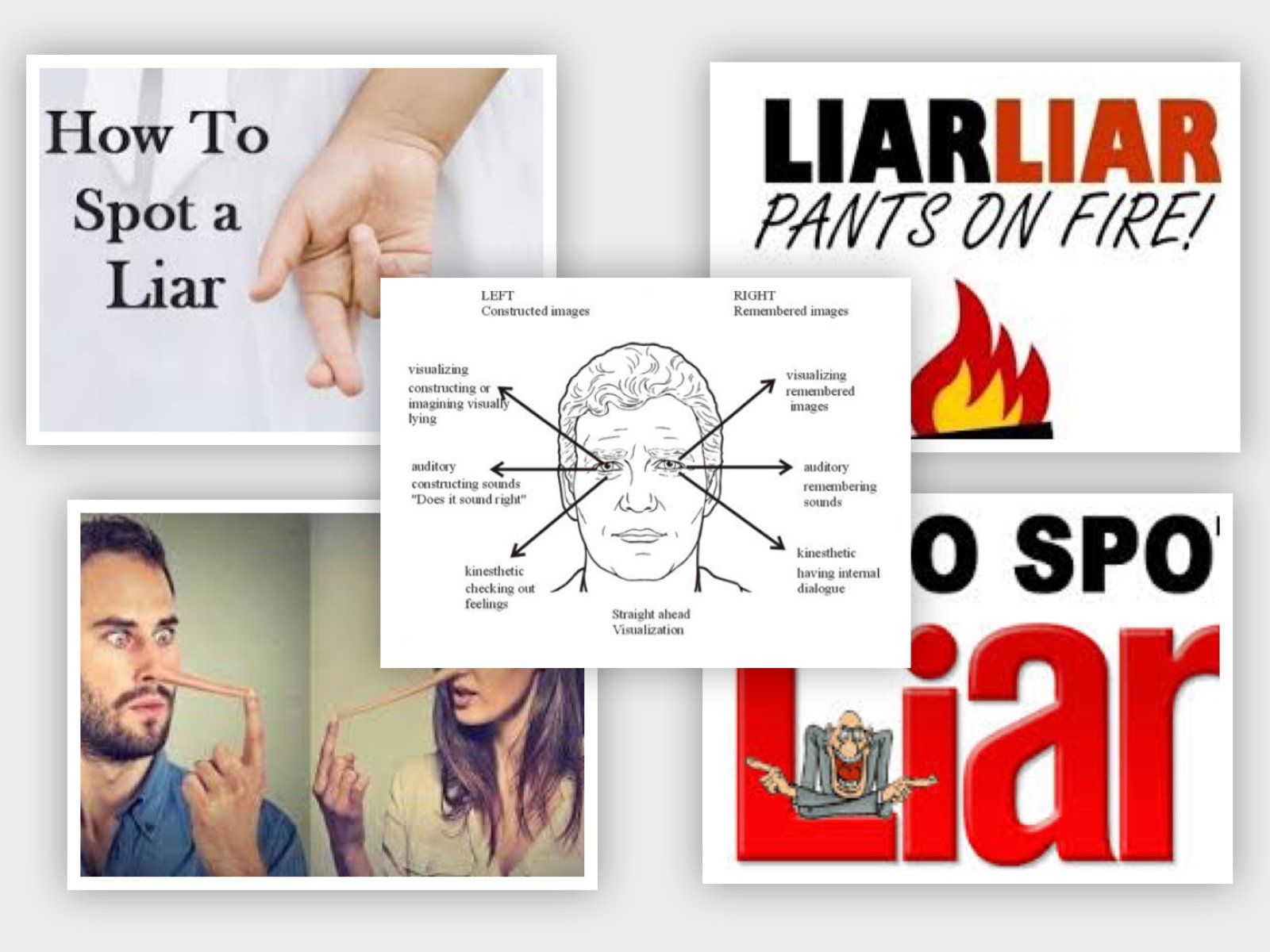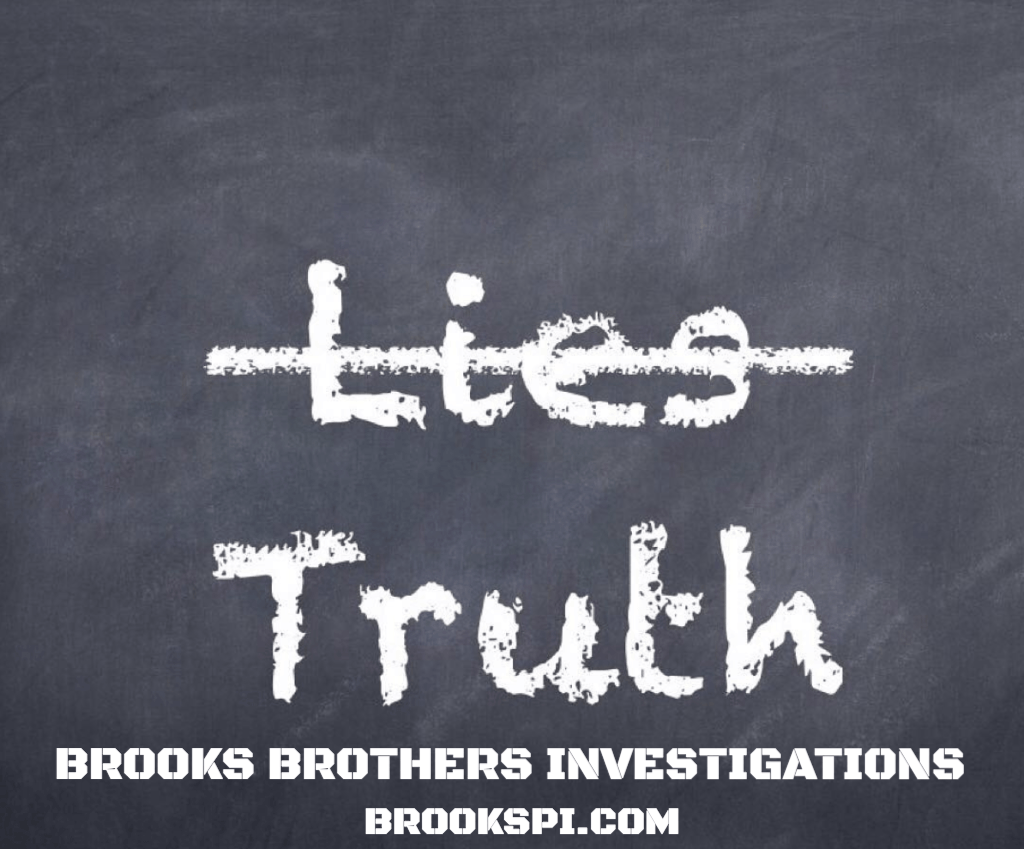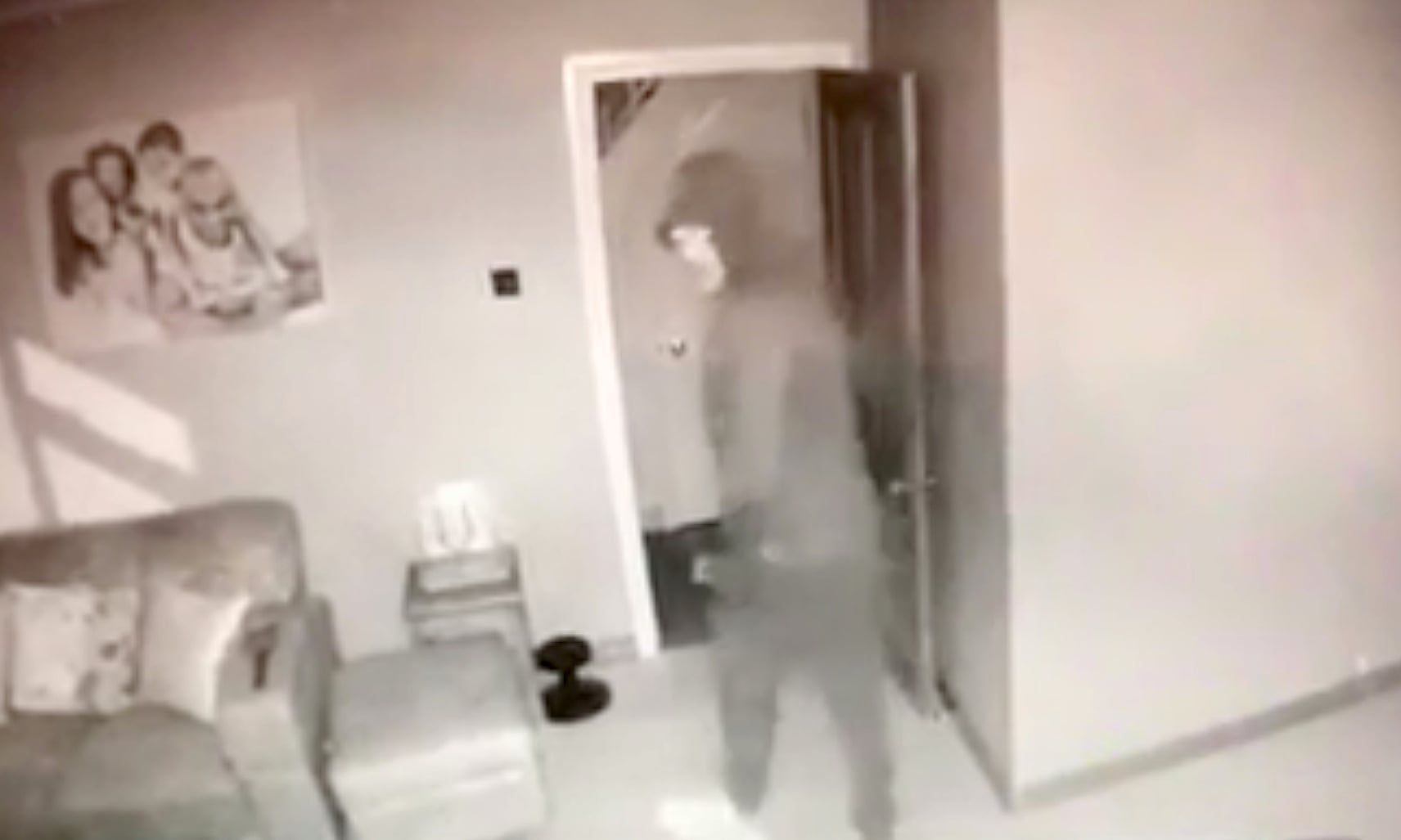How to spot a Liar
THIS CAN BE LEARNED

It takes a long time to learn how to spot a liar, and to learn how to read body language. We are anywhere from 10 to 200 lies a day, and we spend much of our history coming up with ways to detect them. From the evil torture devices to polygraphs, blood pressure and breathing monitor, voice stress analyzer, eye trackers, infrared brain scanners and even the 400-pound electroencephalograph. But although such tools have worked under certain circumstances, most can be fooled with enough preparation and none are considered reliable enough to even be admissible in court. What if the problem is not with the techniques, but the underlying assumption that lying surpasses physiological changes? What if we took a more direct approach using communication science to analyze the lies themselves?
On a psychological level, we lie partly to paint a better picture of ourselves; connecting our fantasies to the person we wish we were rather than the person we are. But while our brain is busy dreaming, it is letting plenty of signals to slip by. Our conscious mind only controls about 5% of our cognitive function including communication, while the 95% occurs beyond our awareness and according to the literature on reality monitoring, stories based on imaginary experiences are quite qualitatively different from those based on real experiences. This suggests that creating a false story about a personal topic takes work and results in a different pattern of language use.
A technology known as the linguistic text analysis has helped identify 4 such common patterns in the subconscious language of deception. First, liars reference themselves less when making deceptive statements, they write or talk more about others often using the third person to distance and disassociate themselves from the lie. Second, liars tend to be more negative, because, on a sub-conscious level, they feel guilty about lying, for example, a liar might say something like “sorry my stupid phone battery died, I hate that thing.” Third, liars typically explain events in simple terms since our brain struggles to build a complex lie, judgment and evaluation are complex things for our brains to compute. Finally, even though liars keep deceptions simple, they tend to use longer and more convoluted sentence structure, inserting unnecessary words in relevant but factual sounding detail in order to pad the lie.
So how can you apply this lie spotting techniques to your life? First, remember that many of the lies we encounter on a daily basis are far less serious than you might think and may even be harmless. But it is still worthwhile to be aware of clues like minimal self-reference, negative language, simple explanations, and convoluted phrasing. It might just help you avoid an overvalued stock, an ineffective product or even a terrible relationship.
Detective Craig Brooks
Brooks Brothers Investigations
Brookspi.com













Share On: